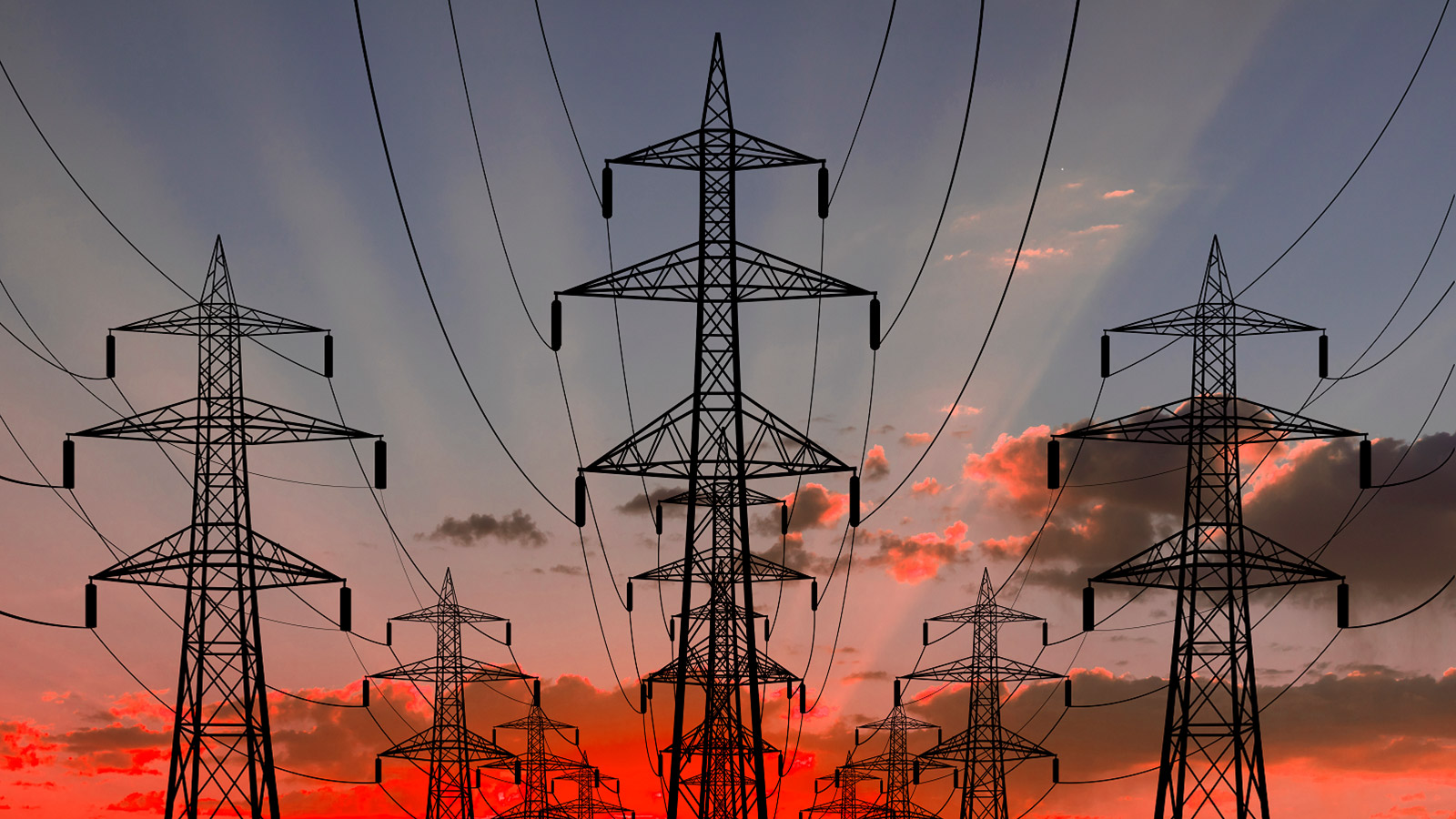
New investment solutions needed to finance electricity grids
The world’s electricity grids are ageing and they’re nearing full capacity. At the same time, electricity demand is set to soar. Thousands of renewable power projects are also waiting in grid connection queues and are at risk of never being connected.

Alongside structural changes like planning reform, what’s needed to fix this problem is not billions, but trillions of dollars of new investment in the grid – and it’s needed fast. But where could it come from? We need new solutions to fill the finance gap.
Banks can help to unlock new sources of finance and new funding models, to enable nations to upgrade and expand their grids at the rate required – for both energy security and the global energy transition.
Investment challenge
The electricity grid is the whole system that transports power from generators via long-distance transmission lines to local distribution grids and then to end users.
They’re incredible and complex feats of engineering, facing enormous geographical and technical challenges. Upgrading and developing grids is capital intensive and projects always have mountains to climb – either literally or metaphorically.
These complexities and uncertainties can make it harder for grid projects to attract financing – but an annual investment of US$811 billion in 2030 will be required in a net zero scenario1. This is particularly pressing in emerging markets where power demand is rising the fastest.
Financing today
Most grid financing today is direct from the government of the country where the grid is located or via corporate financing or balance sheet lending to the relevant utility provider that owns the grid.
Many parts of the world have legacy grids that are reliant on fossil fuels. Coal supplies just over a third of global electricity generation even though it’s the most carbon-intensive fossil fuel2.
Renewables have become the cheapest way to increase electricity generation in most parts of the world. They’re also the fastest to deploy3. Yet grid connectivity of these projects remains a roadblock – and investment remains a challenge.
Future funding
With at least 3,000 gigawatts of renewable power projects waiting in grid connection queues4 – equivalent to ten times the amount of solar photovoltaics and wind capacity added in 2022 – finance for new and upgraded grid infrastructure should qualify for green or sustainability certifications.
Currently, there isn’t a holistic, consistent global standard for how grid financing can be labelled as sustainable. An update to the classification of the financing would throw electricity grid financing open to a wider pool of finance providers and investors.
One of the most effective ways to finance long-term infrastructure projects like electricity grids is via project finance structures. Allowing developers to fund major projects off-balance sheet and use blended finance, can catalyse further private finance and investment.
These new financing models could help boost investment and grid development, in turn supporting energy security and the global energy transition.
References
1 BloombergNEF - Significant Investment Needed to Ready the Global Power Grid for Net Zero: BloombergNEF report | BloombergNEF2 International Energy Agency - Coal - IEA
3 BloombergNEF - New Energy Outlook | BloombergNEF
4 International Energy Agency - Executive summary – Electricity Grids and Secure Energy Transitions – Analysis - IEA